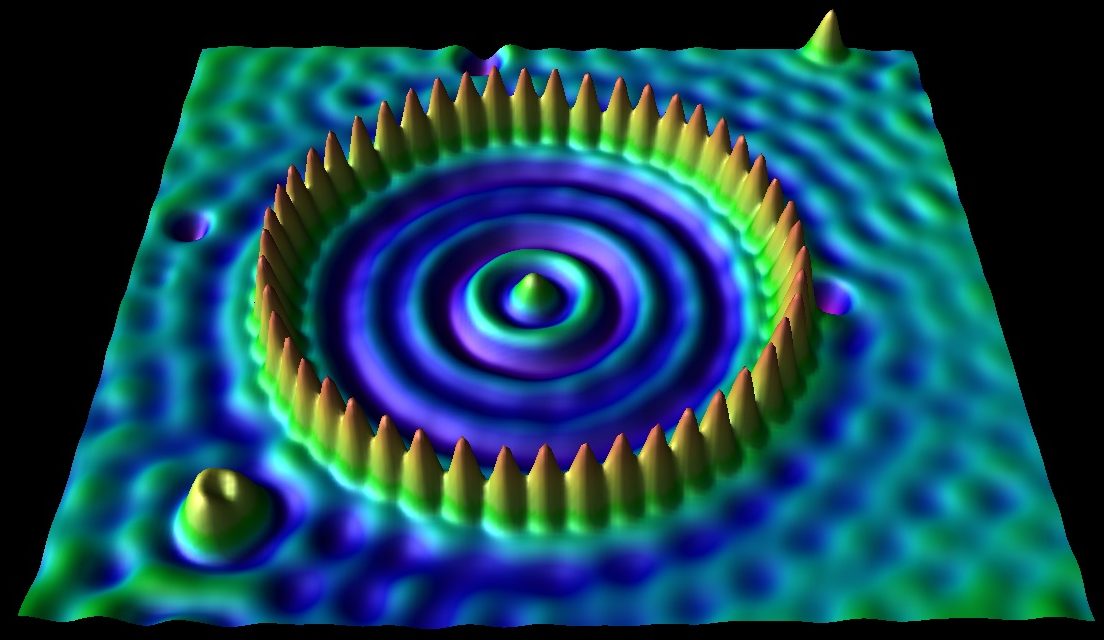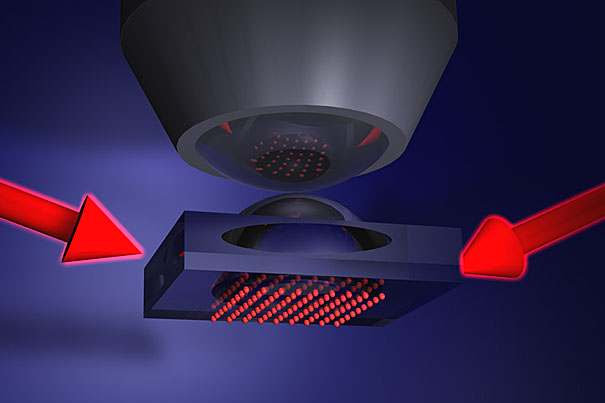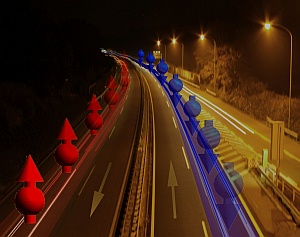
Theoretical Condensed Matter
Theoretical Condensed Matter has four faculty members whose research interests are dedicated to physical properties of various novel and advanced materials and their potential practical applications. While sharing certain commonality of interests in low-dimensional systems, different research directions also complement each other thereby building wider range opportunities for the future. In particular, topological states of the matter emerge as one of the main focuses with implications for electronics and quantum computation. Nanostructured and hybrid semiconductor systems offer new opportunities for energy conversion and photonics applications.
Yuri Gartstein’s current research concentrates around optoelectronic properties of nanostructured and hybrid semiconductor systems, with particular interests in the physics of light-matter interaction, charge and energy transfer.
Michael Kolodrubetz’s research focuses primarily on non-equilibrium quantum matter, including ultracold atoms, superconducting qubits, defect centers in the solid state, and many-body systems coupled a quantized photon mode (cavity QED).
Chuanwei Zhang’s current work includes ultra-cold atomic gases, quantum computation, topological superfluids and superconductors, photonics, and low-dimensional materials.
Fan Zhang’s research focuses primarily on topological states of quantum matter and interaction effects in many-body systems such as topological insulators and superconductors, graphene, transition metal dichalcogenides, and other systems or materials in reduced dimensions.
The impact of our theoretical work has been strengthened by strong collaborations with external experimental groups as well as with local experimentalists in the Departments of Physics, of Materials Science and Engineering, and in the Nanotech Institute. The active research of the past few years has been accompanied by a robust publication output, with more than 25 peer-reviewed papers per year, including those in such notable journals as Phys. Rev. Lett., PNAS, Nature and its sub-journals, Nano Lett., and ACS Nano. Several of these works have introduced new concepts and already stimulated series of experiments in their subfields.
We anticipate that we will continue active research along the avenues of topological, driven, quantum-correlated, energy, and photonic materials that we find both scientifically profound and important for future technologies. We intend to further extend our collaborations with experimental groups, both inside and outside the university.
Recent news reports on our research
- Science Daily: New quantum system could help design better spintronics
- Newsweek: Superfluid Quasicrystal: Physicists Propose an Entirely New Form of Matter – and How to Make It
- UT Dallas news: Physics Professor Named APS Fellow for Ultracold Physics
- UTD News: University Physicists Demonstrate Negative Refraction Without Reflection
- Nature Physics News & Views: UTD physicist sheds insights on topological valleytronics in Nature Physics
- Nature Materials News & Views: UTD physicist sheds insights on Majorana fermions


